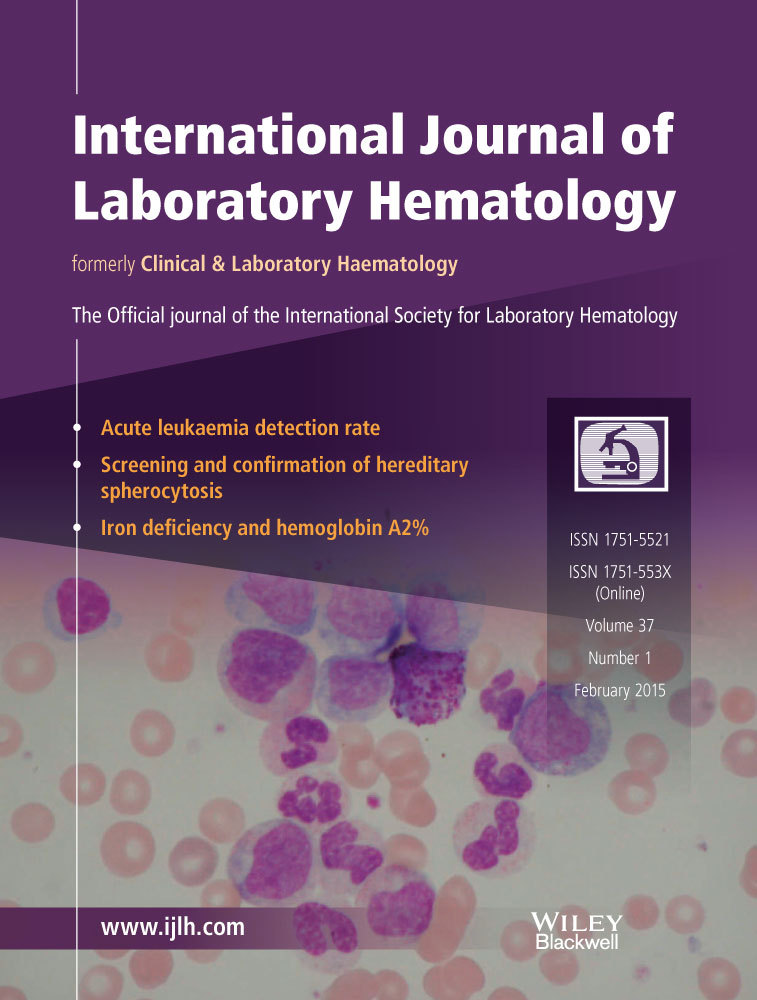The use of Taqman genotyping assays for rapid confirmation of β-thalassaemia mutations in the Malays: accurate diagnosis with low DNA concentrations
Summary
Introduction
In Malaysia, β-thalassaemia is a common inherited blood disorder in haemoglobin synthesis with a carrier rate of 4.5%. Currently, PCR-incorporating techniques such as amplification refractory mutation system (ARMS) or reverse dot blot hybridization (RDBH) are used in β-thalassaemia mutation detection. ARMS allows single-mutation identification using two reactions, one for wild type and another for mutant alleles. RDBH requires probe immobilization and optimization of hybridization and washing temperatures which is time consuming. The aim of our study was to investigate whether β-thalassaemia mutations can be identified in samples with low DNA concentrations.
Methods
Genotype identification of common β-thalassaemia mutations in Malays was carried out using Taqman genotyping assays.
Results
Results show that the Taqman assays allow mutation detection with DNA template concentrations as low as 2–100 ng. In addition, consistent reproducibility was observed in the Taqman assays when repeated eight times and at different time intervals.
Conclusion
The developed sensitive Taqman assays allow molecular characterization of β-thalassaemia mutations in samples with low DNA concentrations. The Taqman genotyping assays have potential as a diagnostic tool for foetal blood, chorionic villi or pre-implantation genetic diagnosis where DNA is limited and precious.




